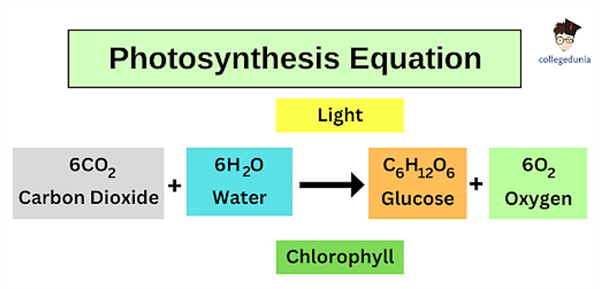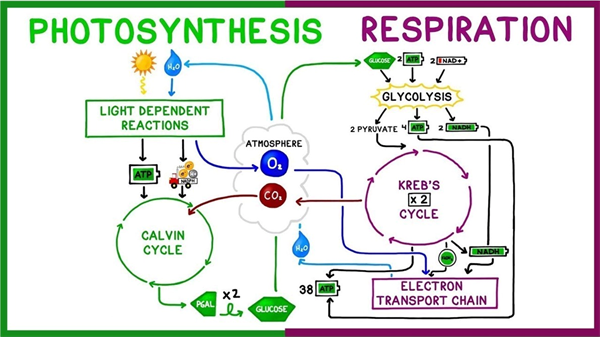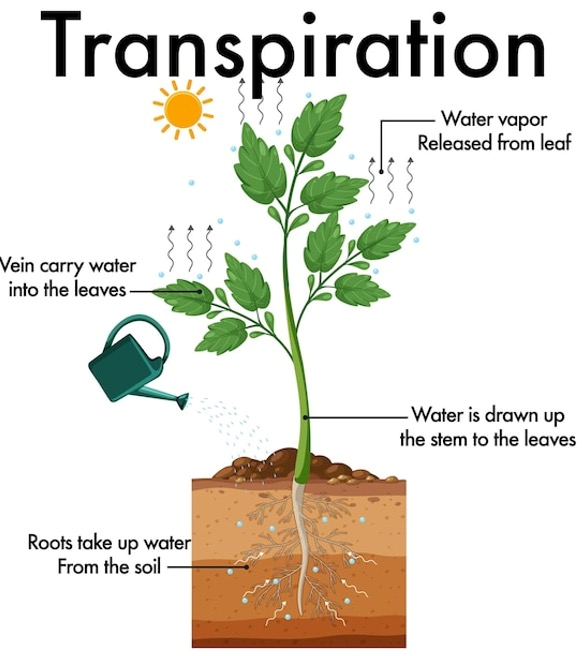Jun 12, 2024
IPM Techniques for Organic Crop Production
Integrated pest management (IPM) involves the utilization of a combination of several tactics for the effective management of pests. This concept was developed by entomologists and is currently adopted by pest managers to target many kinds of pests, including insects, weeds, and pathogens. Most IMP tactics fit well in both conventional and organic crop production. It is not uncommon that most pest management techniques that are approved for organic crop production are not very effective as a stand-alone tactic. Therefore, it is essential to use a combination of pest management techniques that will complement each other to control the pests adequately. This is like a many little hammers approach, where each of the management tactics is a little hammer hammering on the pests. When planning your IPM programs targeting pests in organic crop production, it is important to consider planting resistant/tolerant varieties, scouting regularly, implementing economic thresholds (when possible), practicing cultural control, physical/mechanical control, and biological control, and applying biopesticides when necessary.
• Resistant varieties: Resistant varieties are crucial for effective IPM in organic crop production. When available, the use of resistant varieties should be the first line of defense against pests. Resistant varieties help save on production costs and mitigate environmental impacts associated with insecticides and their applications.
• Cultural control: Cultural control includes cropping systems (trap cropping and push-pull), planting date (early planting or late planting), crop rotation, and growing of crop varieties with early maturity traits. Implementing trap cropping and/or push-pull systems can cause the diversion of insect pests. Early or late planting, crop rotation, and variety with early maturity traits can favor the avoidance of damaging insect pest pressures.
• Scouting: Proper and timely scouting helps determine the levels of pest infestations, allowing the pest manager to trigger control action in a timely fashion. Scouting also helps to prevent unnecessary insecticide applications.
• Economic thresholds: The economic threshold determines the pest or injury level at which control action should be taken. The economic threshold works side by side with scouting. This helps to determine when a management action should be triggered, allowing a reduction of unnecessary insecticide utilization, which will consequently help in delaying or mitigating resistance.
• Physical/mechanical control: This method includes establishing physical barriers, plowing, and sanitation (elimination of volunteer crops and other potential hosts). Plowing can help to bury soil insect pests deep into the ground, directly kill them, and expose soil insects to adverse weather conditions, birds, and other predators, which will adversely impact these pest populations.
• Biological control: This method involves using insect pests’ natural enemies, including predators such as spiders, lady beetles, syrphid fly larvae, big-eyed bugs, pirate bugs, lacewing larvae, and parasitoids such as parasitic wasps and flies.
• Biopesticides: Biopesticides are based on botanical extracts, entomopathogenic fungi, entomopathogenic bacteria, or entomopathogenic viruses that have adverse effects on insect pests. Entrust, Bt, Pyganic, AZA-Neem, M-Pede, Celite, and Venerate are commonly used insecticides for insect pest control in organic crops grown in Arizona.
The implementation of IPM permits to manage pests economically while preserving the environment and reducing negative impacts on human health. In other words, IPM aims at managing pests in an economically viable, socially acceptable, and environmentally safe manner. It is important to note that all the IPM tactics are not always viable in all situations (IPM is not a one-size-fits-all). Therefore, the management techniques choice for an IPM program should be done on a case-by-case basis.










